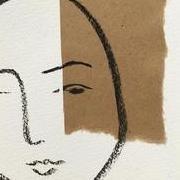-
Welcome to the eG Forums, a service of the eGullet Society for Culinary Arts & Letters. The Society is a 501(c)3 not-for-profit organization dedicated to the advancement of the culinary arts. These advertising-free forums are provided free of charge through donations from Society members. Anyone may read the forums, but to post you must create a free account.
Green Tea Powder
-
Similar Content
-
- 321 replies
- 163,686 views
-
- 16 replies
- 634 views
-
- 14 replies
- 2,219 views
-
- 3 replies
- 434 views
-
- 47 replies
- 4,646 views
-
-
Recently Browsing 0 members
- No registered users viewing this page.







Recommended Posts